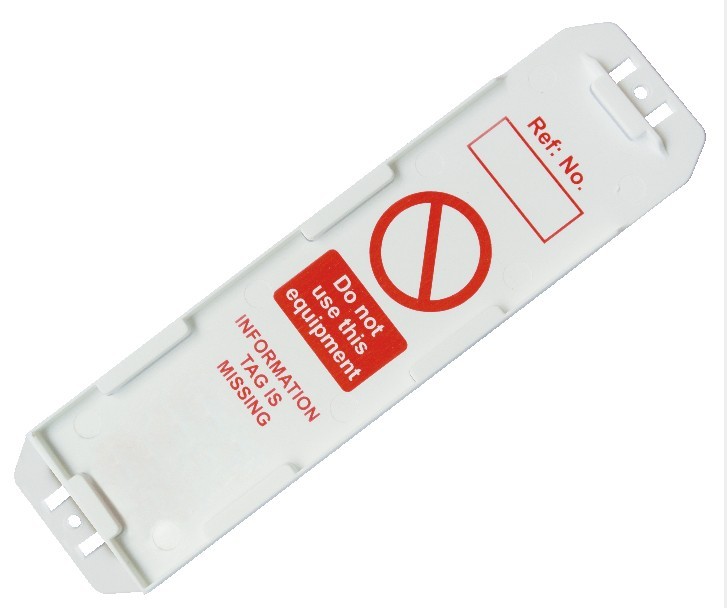Abstract The results of the US “double-reverse†survey on Chinese PV products have not yet come out, and Canada, which is also in North America, has begun to target firepower to Chinese companies. On December 5, the Canadian Border Services Agency (CBSA) announced the official launch of crystalline silicon photovoltaic modules and laminates from China...
The results of the US “double-reverse†investigation of Chinese PV products have not yet come out, and Canada, which is also in North America, has begun to target firepower to Chinese companies. On December 5, the Canadian Border Services Agency (CBSA) announced the official launch of a “counter-subsidy, anti-dumping†investigation of crystalline silicon photovoltaic modules and laminate products from China. According to the "First Financial Daily" reporter, the four international PV companies most affected by Canada are Jinko Energy, JA Solar, Artes and Trina Solar. Although Canada is not a major exporter of Chinese PV products, many industry judges may influence other countries to follow up, such as restricting the export of Chinese companies overseas.
A number of Canadian companies have filed a "double-reverse" application
The company that initiated the “double-reverse†survey is Canada's PV producer EclipsallEnergy Corporation, Heliene Inc., Silfab Ontario. And SolgateInc. (hereinafter referred to as "applicants"), they represented Canada's PV module and laminate manufacturer on October 1 this year, and applied to CBSA to initiate a "double-reverse" investigation on these two types of products from China. The products to be investigated are: PV modules and laminates originating in or exported from China, including other laminates for common transportation or packaging; thin film crystalline silicon products made of amorphous silicon, cadmium telluride or copper indium gallium selenide .
The anti-subsidy investigation period accused by the applicant is from July 1, 2012 to June 30, 2014. The subsidized items surveyed include: preferential subsidy projects in special economic zones, loan projects, grant projects, income tax projects, Customs VAT exemption for raw materials and machinery, government goods or services below fair market prices (including polysilicon, aluminum profiles, electricity, solar glass, etc.), land use fee reduction, higher than fair market prices to state-owned enterprises Sales of goods, etc.
The reason for the applicant's request for “double opposition†to China's PV products is that due to subsidies and dumping in China, Canadian companies lose and lose market share, reducing employment, bankruptcy or bankruptcy. The Canadian International Trade Tribunal will verify the above situation by February 3, 2015, and the preliminary ruling will be held on March 5, 2015.
Other countries follow suit?
According to several materials held by the reporter, Canada is not the main exporter of PV modules in China, but it does not rule out its “double-reverse†investigation, causing other countries to follow suit or restrict the export of Chinese companies.
From the perspective of countries, Japan, the United States, and Europe are among the top three regions for Chinese companies to export. In the first three quarters of this year and October, they exported 6G watts, 3.136 GW and 2.7322 GW of photovoltaic products in the above regions, followed by Thailand. South Africa, Australia, Africa, Latin America and Turkey are the main export regions, followed by Canada. Chinese companies’ exports to Canada were 57.4 megawatts in the previous October. Among the small export volumes, Jinko Energy, JA Solar, Artes and Trina Solar accounted for 51.5%, 5.4%, 6.9% and 3.5%, while other companies had a ratio of 32.6%.
An industry analyst told this newspaper that although Chinese companies are not the largest exporter of PV in Canada, the “double-reverse†behaviors of Canada and the United States will directly affect the PV export policies of other countries and regions. There may be greater restrictions on China. "It is not excluded that countries such as Japan, Thailand and South Africa follow suit. Once these countries have introduced more or special export restrictions, Chinese companies may be caught off guard."
Just in October of this year, local companies such as Okinawa Electric Power, Hokkaido Electric Power, Shikoku Electric Power, Tohoku Electric Power, and Kyushu Electric Power Co., Ltd. announced that they would suspend the approval of new grid-connected projects. The reason for this is that the total grid connection in the future may exceed the actual PV power demand. At present, a PV listed company's total reserve project in Japan has reached 405 MW, and about 150 MW has obtained grid-connection license. This time, after several power companies stopped approving the grid-connected project, it also affected the development process of three new 135 MW new PV projects that the company belongs to in Northeastern Japan.
In addition, the arbitration results of the US "double-reverse" investigation of China's photovoltaics will be announced on December 11. In January of this year, the Ministry of Commerce of the People's Republic of China implemented a 53.3% to 57% anti-dumping tax on imports of polysilicon from the United States. On August 14, it suspended the application for import of solar-grade polysilicon processing trade, which seems to be a "double-reverse" to the United States. preventive solution. However, the PV policy variables for the Japanese market are still difficult to predict today. Once the sanctions are fully implemented in the Japanese region, many Chinese companies will have nothing to do. Only companies such as Qihui Sunshine, which has a global OEM layout, may continue to maintain the Japanese market share by means of the transfer of goods.
Our isolation safety lockout tagout Warning Tag indicates who is responsible for placing a lockout device and who is authorized to remove it or make changes to it. This safety lockout tags are printed on both sides, making sure the vital information is always visible. The tags are printed on both sides, we can get clear information about who is in charge of this locked equipment.

Lock Out Tag,Warning Tag,Lockout Labels,Tagout Tags
Lockey Safety Products Co., Ltd. , https://www.lotolockey.com
